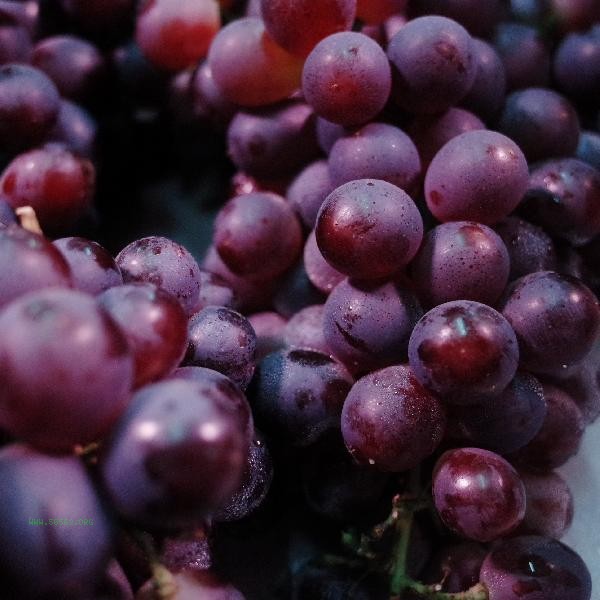The key to maintaining freshness during grape transportation lies in controlling temperature, humidity, shock resistance, and proper packaging. There are mainly five methods: pre cooling treatment, modified atmosphere packaging, constant temperature transportation, shock-absorbing filling, and rapid delivery.

1. Pre cooling treatment
Pre cooling immediately after harvesting can quickly reduce the respiratory intensity of grapes. By using cold storage with strong wind or ice water pre cooling, the temperature of the fruit core can be reduced to below 4 degrees Celsius within 2 hours, which can effectively delay the browning of the fruit stem and softening of the fruit grains. After pre cooling, it is necessary to maintain a continuous cold chain to avoid condensation caused by temperature fluctuations.
2. Modified atmosphere packaging
uses polyethylene or polypropylene film bags for sealed packaging, with oxygen concentration controlled within 5% -8% and carbon dioxide concentration maintained within 10% -15%. When used in conjunction with ethylene absorbent, it can inhibit pectinase activity. The loading capacity of each box should not exceed 5 kilograms, and it is recommended to choose a microporous film with a thickness of 0.03-0.05 millimeters.
3. Constant temperature transportation
The entire transportation process should maintain a constant temperature environment of 0-4 degrees Celsius, and the refrigerated truck should be pre cooled to the set temperature in advance. Temperature recorders should be installed inside the carriage, with no less than 3 monitoring points. It is recommended to use refrigerated trucks with cold storage plates for long-distance transportation, with temperature fluctuations not exceeding ± 1 degrees Celsius.

4. Anti vibration filling
uses honeycomb cardboard layered isolation, with each layer of grape thickness not exceeding 15 centimeters. Pearl cotton or corrugated paper shall be used to separate the ears, and foam plastic buffer materials shall be filled around the box. Transport containers should be made of pressure resistant corrugated cardboard boxes, with a stacking height not exceeding 5 layers.
5. Fast delivery
The transportation time should be controlled within 48 hours, and the goods should be immediately transferred to the cold storage upon arrival. Adopting direct delivery mode to reduce transit links. It is recommended to use electric refrigerated tricycles for urban delivery to avoid temperature fluctuations caused by frequent door opening and closing.

Before and after transportation, it is necessary to strictly check the ripeness of grapes and select clusters that are eight ripe and have intact fruit powder. Regularly check the temperature and humidity inside the box during transportation, and remove any moldy fruit immediately. After arrival, it needs to be spread in a cool and ventilated place for 1 hour before being stored to avoid sudden cold and heat. It is recommended to maintain a relative humidity of 85% -90% for daily storage and to ventilate regularly. Consumers should refrigerate and store after purchase, and consume as soon as possible to ensure the best flavor.








Comments (0)
Leave a Comment
No comments yet
Be the first to share your thoughts!